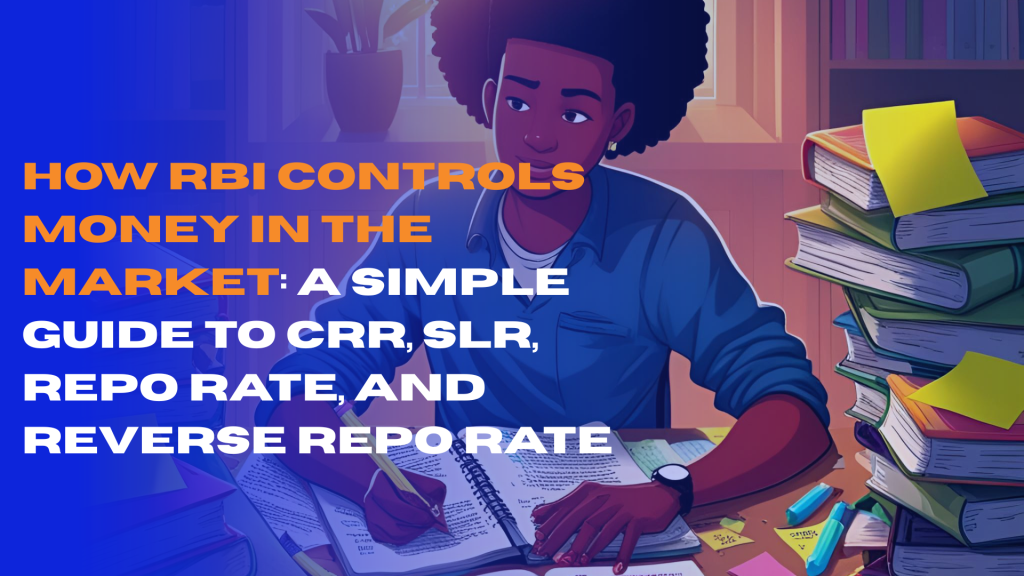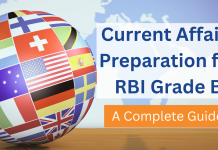Ever wondered how RBI manages all the money floating around in our economy? It’s actually pretty interesting stuff! Let me explain how our central bank uses different tools to keep things balanced.

The Basics – Why Does RBI Need to Control Money?
Imagine money as water in a tank. Too much, and it may spill over (inflation). Too little, and everyone becomes parched (economic slowdown). RBI’s task is to keep exactly the right amount. This is what we refer to as liquidity management.
Cash Reserve Ratio (CRR) – The Safety Net
Suppose you’re operating a bank. RBI tells you, “Listen, for each ₹100 that you receive from customers, you must keep ₹4 with us.” That’s CRR for you!
This is what happens:
Banks cannot lend this money – it’s like a safety deposit which remains with RBI. When RBI wants less money in the market, they raise CRR. When they want more money to flow, they lower it.
Statutory Liquidity Ratio (SLR) – The Investment Rule
Now that’s interesting. Banks have to invest some of their deposits in super-safe items such as government bonds. Currently, it is about 18%. It is like a compulsory savings rule for banks!
What it does:
- Ensures banks have sufficient safe investments
- Aids government to borrow money readily
- Serves as another weapon to manage money flow
Repo Rate – The Bank’s Bank
Here’s the cool part – when banks are short of funds, they borrow from RBI. The rate of interest on such loans? That’s the repo rate!
How it works:
- Banks provide government securities as collateral
- They receive money for a temporary period
- Higher repo rate = costly loans = less borrowing
- Lower repo rate = low-cost loans = more borrowing
Reverse Repo Rate – The Other Side of the Coin
Sometimes banks have surplus money. They can put it with RBI and earn interest. That rate of interest is referred to as the reverse repo rate.
What happens:
Higher rate means banks like to keep money with RBI. Lower rate incentivizes banks to lend more to us. It’s always lower than the repo rate (sense, right?).
Real-Life Impact
Let us illustrate with a quick example:
When RBI raises repo rate:
- Banks have to pay more to borrow
- They lend us money at a higher rate
- Your EMIs could increase
- Folks borrow less
- Money circulation in market decreases
The Big Picture
All these tools are used in combination like machine parts. RBI uses them cautiously, considering:
Inflation levels
- Economic growth
- Global markets
- Domestic market conditions
What’s Happening Now?
Nowadays, RBI is extremely concerned with curbing inflation. They’ve been rather busy with these tools recently. Watch out for the news – movements in these rates can have an impact on your investments and loans!
Keep in mind – this isn’t just dry banking lingo. It influences everything from the EMI of your home loan to the interest you earn on your savings account. Quite vital, don’t you think?
ixamBee specializes in providing expert guidance and resources for banking exams 2024, ensuring that you are well-prepared for the Upcoming Bank Exams like RBI Grade B, NABARD Grade B, IBPS SO, and more. Our courses align with the bank exam calendar 2024, covering all the essential topics. With a focus on the upcoming bank jobs, our Previous Year Papers, BeePedia, SSC CGL, SSC CHSL, SSC MTS and other Mock Tests are designed to help you excel in upcoming banking exams.
Also Read:
Payment Banks and Small Finance Banks: The New Kids on India’s Banking Block
Cybersecurity in the Banking Industry: Why It Is More Crucial Now Than Ever Before















